“Tourists go home!”. This summer, European tourism reached new record numbers. Following the restrictions of the pandemic years, when travel was heavily discouraged (and in some places, outright banned), many people have a pent-up desire to see the world, a scratch that needs to be itched. Records are breaking all over Europe, as more people than ever are travelling internationally, causing delays in flights and creating massive traffic congestion.
In popular destinations like Barcelona, Palma, Santorini, and Venice, already before the pandemic, mass-tourism was a big concern. Now, in response to this summer’s influx of travellers, anti-tourism demonstrations are once more being staged. On July 6th, anti-tourism protesters even fired water pistols at visitors in Barcelona, to raise awareness of the situation.
According to CNN , at the epicentre of the protests lies the growing issue of rising rents and house prices. Companies such as Airbnb have turned entire buildings into hotel-like housings, pushing locals – unable to afford the subsequent rising costs of living – out of their own city centres.
Mass tourism hits especially hard at the younger part of the population. People who haven’t yet gotten their foot in the housing market are now effectively kept out of it, especially in the cities in southern Europe that double as popular summer travel destinations.
Moving to the Italian mountains
About a month ago, one early morning we got into the car and began the long drive from Stockholm to Grizzana, a sleepy mountain town south of Bologna. About a week before, a small truck had done the same trip, carrying most of our belongings. In Grizzana, our new home waited for us.
Built in 1968 but vacant for the past four years, it’s a modernist villa with lots of potential and a surrounding, large (4000 square metres!) overgrown garden. We have no kitchen, no hot water on the ground floor and no washing machine, but the house is butilt using beautiful materials and in the garden there are lots of fruit trees (and even a few walnut trees). Living here is a bit of a struggle and by no means as comfortable as a life in the city, but so far, no regrets.
The reason for this drastic shift is that we felt that needed a change; we wanted a slower pace and a less urban lifestyle. Life in Stockholm seemed to be so much about consumption and we wanted something else. Perhaps we’ll find it in the Italian countryside.
Passing through Sweden, Denmark, Germany, and Austria, we stopped at a few biodynamic vineyards, stayed at inexpensive small inns along the way, and enjoyed the scenery, before arriving late one evening to our new home, covered in spider web and dust.
This is our guide to Grizzana, as we know it after having lived here for one month.
What to do in Grizzana?
Grizzana’s problem isn’t exactly mass tourism. Its full name is Grizzana Morandi, as the famous artist Giorgio Morandi, a Bologna local, had his summer house here. After his death, the town (strangely) added his surname, perhaps in an attempt to attract more tourists here. Morandi’s old summer house is now a museum, around the corner from Bar Trattoria Pina, where during weekdays the best lunch in the area is served (at an extremely reasonable price, but skip breakfast as the portions are masive).
The town’s main claim to fame is however not Morandi but the fascinating Rocchetta Mattei, an 19th century castle in the small community Riola, which developed parallel to the castle as the workers needed a place to stay during construction.
Count Cesare Mattei, the first owner of the castle, was an international celebrity of his time. He had developed an alternative medicine called electrohomoepathy, also known as the “Mattei cancer cure”. The name referred to an electric bio-energy content extracted from plants, which was used to treat his patients (for example Tsar Alexander II and Ludwig III of Bavaria). Mattei was so well known that he even appears in Dostoevsky’s novel The Brothers Karamazov.
In 1850, he began constructing Rocchetta Mattei, an eccletic mix of different influences and styles. Architecturally speaking, it’s a very unique building, reflecting the eccentric personality of its first owner. Almost a decade after construction had begun, he settled there permanently, but for the rest of his life, the castle remained an open construction site.
According to local sources, Mattei organised his life at the castle much like a medieval lord, even having his own court.
After his death, his adoptive son lived there until it was sold and used as a tourist attraction until it was abandoned in the 1980s. Today, it is cared for by the municipality of Grizzana. It’s well worth a visit, but remember to brush up on your Italian beforehand, as the tour isn’t offered in any other languages.
A Scandinavian Landmark in Riola
Just below Rocchetta Mattei is another one of our favourite places in Grizzana. Seeing the sleek chiesa di Santa Maria Assunta surprises many visitors, passing by on their way to the more famous Rocchetta Mattei, as it really stands out in the Italian landscape.
Designed by Alvar Aalto, the plan is asymmetrical, with a slightly wedge-shaped basilica, and an unusual roof system consisting of longitudinal vault fragments.
In front of the church is an enclosed piazza, and the surrounding buildings are all in the traditional, rural style that defines this part of Emilia Romagna.
We like it not least because it reminds us of Scandinavia, it’s like seeing a glimpse of where we’re from every time we pass it. It’s great for when we feel homesick! It’s especially popular among Finnish visitors, who come here to see the Finnish masterpiece.
I still haven’t quite figured out how come Aalto was asked to design a church the Bolognese Apennines. It’s the architect’s only work in Italy, and his very last project in life, as he died before it was even completed. The interiors are even more spectacular than the outside, distinctly Aalto; light, airy and minimalist, a complete contrast to the richly decorated Rocchetta Mattei.
Il Borgo La Scola
A few minutes by car from Riola you’ll find Il Borgo La Scola, one of the best-preserved medieval villages in this area. Inhabited since at least the 13th century, it’s an old guard post, built to prevent the intrusion of the Lombards. As so many other places in Italy, the architecture is a reminder of the many struggles, fights, and even wars that have taken place here. Hard to imagine when visiting on a peaceful and sunny Sunday afternoon.
Between the 14th and 16th centuries, the old towers were transformed into civilian homes. Today, it’s perfect for a stroll and to learn about the history of the region. Every time we’ve visited, we’ve heard 90s alternative music or jazz coming from one of the houses, adding a sense of homeliness to the village.
I like when you hear and see people going about their everyday routines, rather than only stopping to see the main attractions and then moving on to the next one. You’re reminded of the fact that people actually live here, that you’re visiting someone’s home.
Afterwards, you should stop by Bologna Tartufunghi da Tony & Robby, serving local specialties. Grizzana is well-known for its porcini and its truffles, and if you come during the right season, you’re welcome to pick whatever you may find.
Porcini grows in the area around the frazzione Stanco, and truffles you’ll find around Via Prada (a small road that connects Grizzana with neighbouring town Vergato).
Where to Stay
There are many small B&Bs in the area, and even a hotel – Il Crinale – on Grizzana’s main street, with amazing views of the surrounding mountains. But our recommendation is to stay at the Chiesa Ignano 1778.
I’ve honestly never seen anything like it. Initially the site of a castle (called Ignano, after the influential family that once lived here), it was transformed into a church and given its contemporary appearance in the 18th century.
Today the borgo and the church house in total six apartments, surrounded by a park with more than 1,000 rose bushes and lavender plants. The pool is open during summer, with a wonderful view of the surrounding mountains.
It’s a relaxing place, so secluded that it’s easy to lose track of where you are and how long you’ve been there (though if you get restless, Florence is only an hour away, Bologna 45 minutes, and Venice two hours by car).
Here's what I like about Grizzana as a travel destination: Sometimes when I’m in a very popular place, like central Barcelona for example, I’m part of a majority – the tourists – that far outnumber the locals. That means that visits to popular destinations can feel generic, as they cater to the same kind of traveller. It’s the Disneyficiation of Europe, I guess.
In Grizzana, visitors are always in the minority, which means that staying here will always feel more authentic. So far as newly arrived locals, we’re somewhere in-between, but with each passing day, we learn more about the place and get to know more of our new neighbours. It’s an exciting journey and we really recommend you considering Grizzana for your next holiday. Keep in mind, mountain air is fresher and temperatures are generally lower up here! When Florence is boiling hot, we have a nice breeze.
PS. Don’t miss our first print issue, out in stores now, where we focus on the area around the Bay of Naples – Capri, Procida, the Amalfi Coast, and of course Naples!





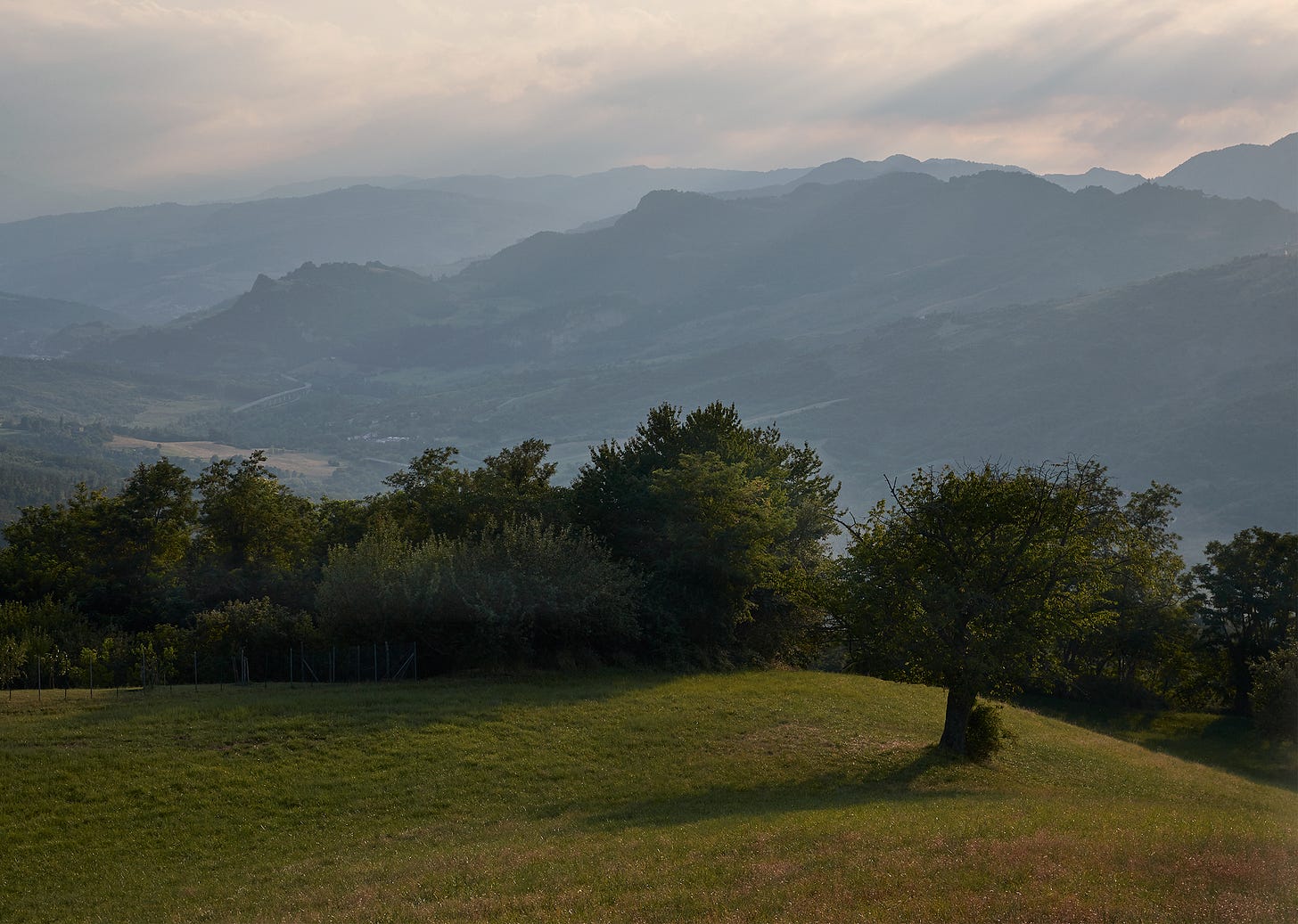
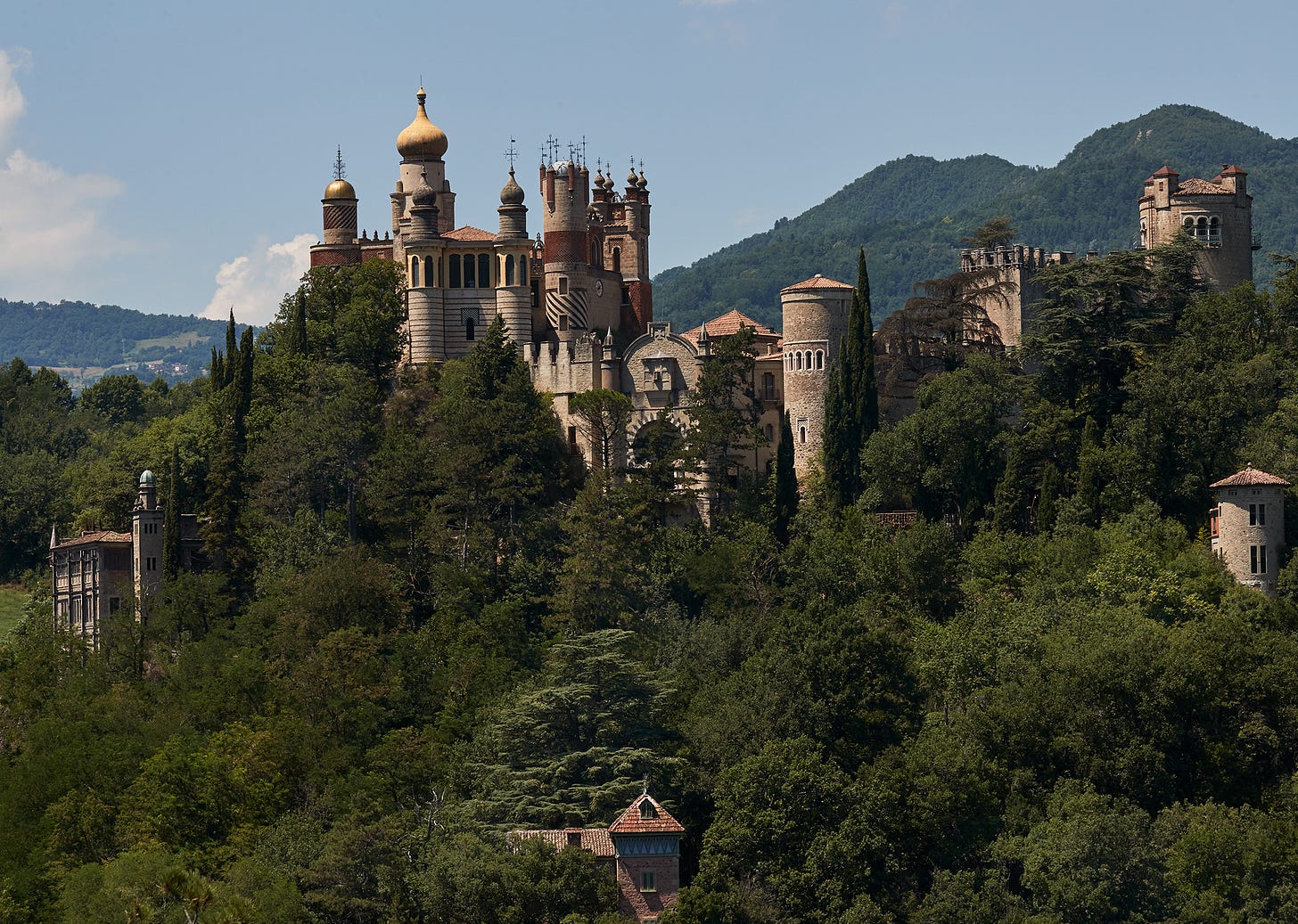

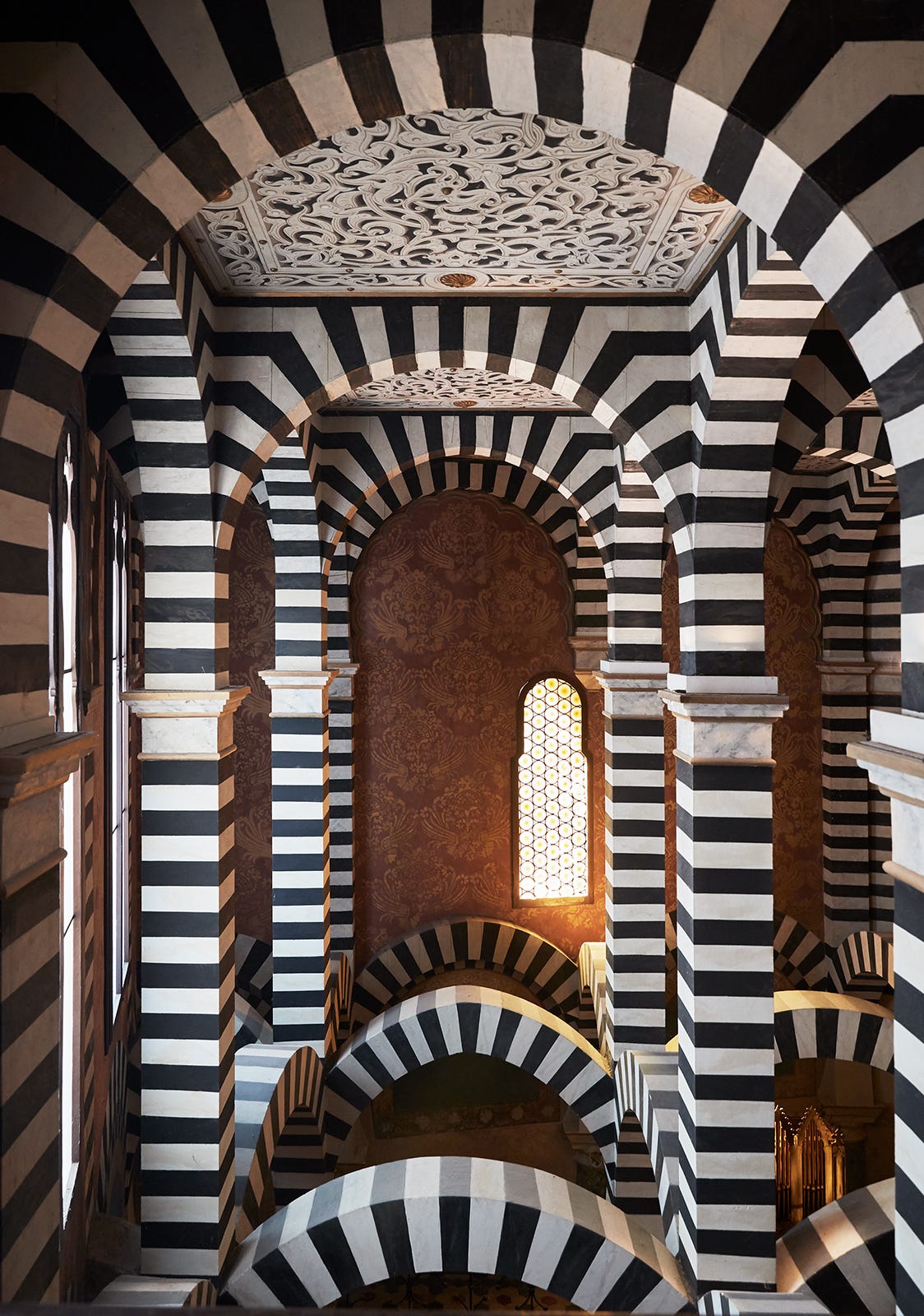
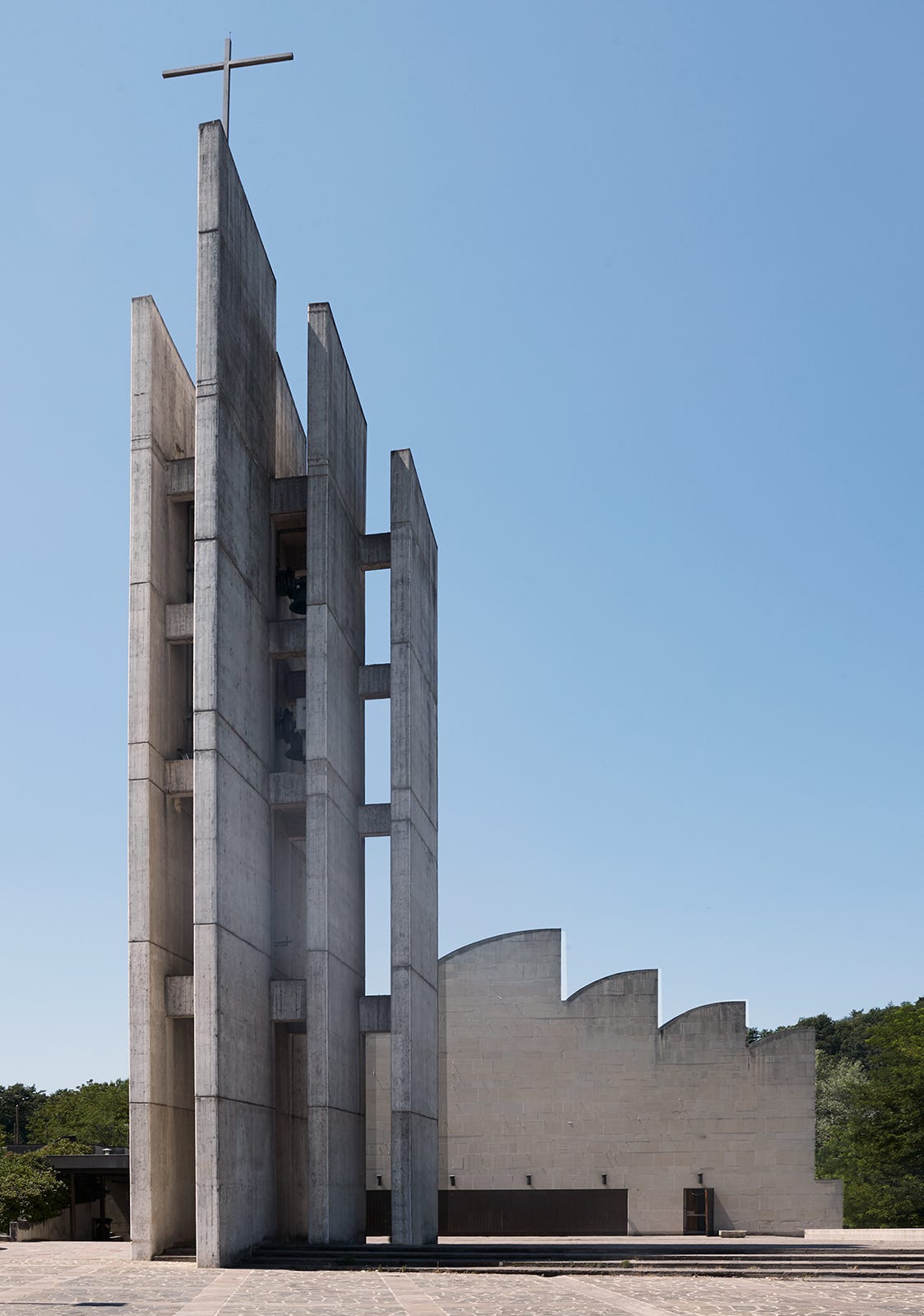

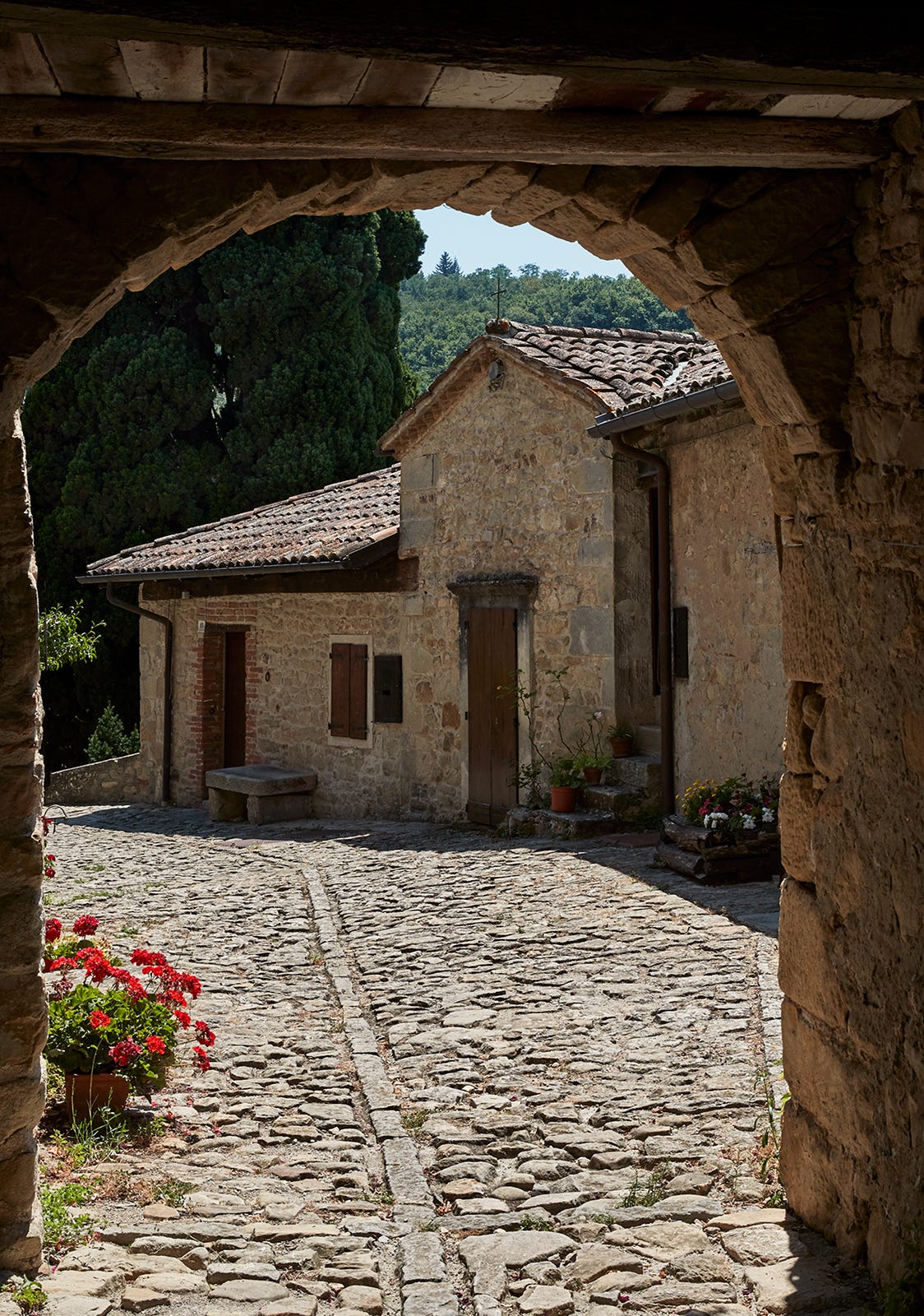
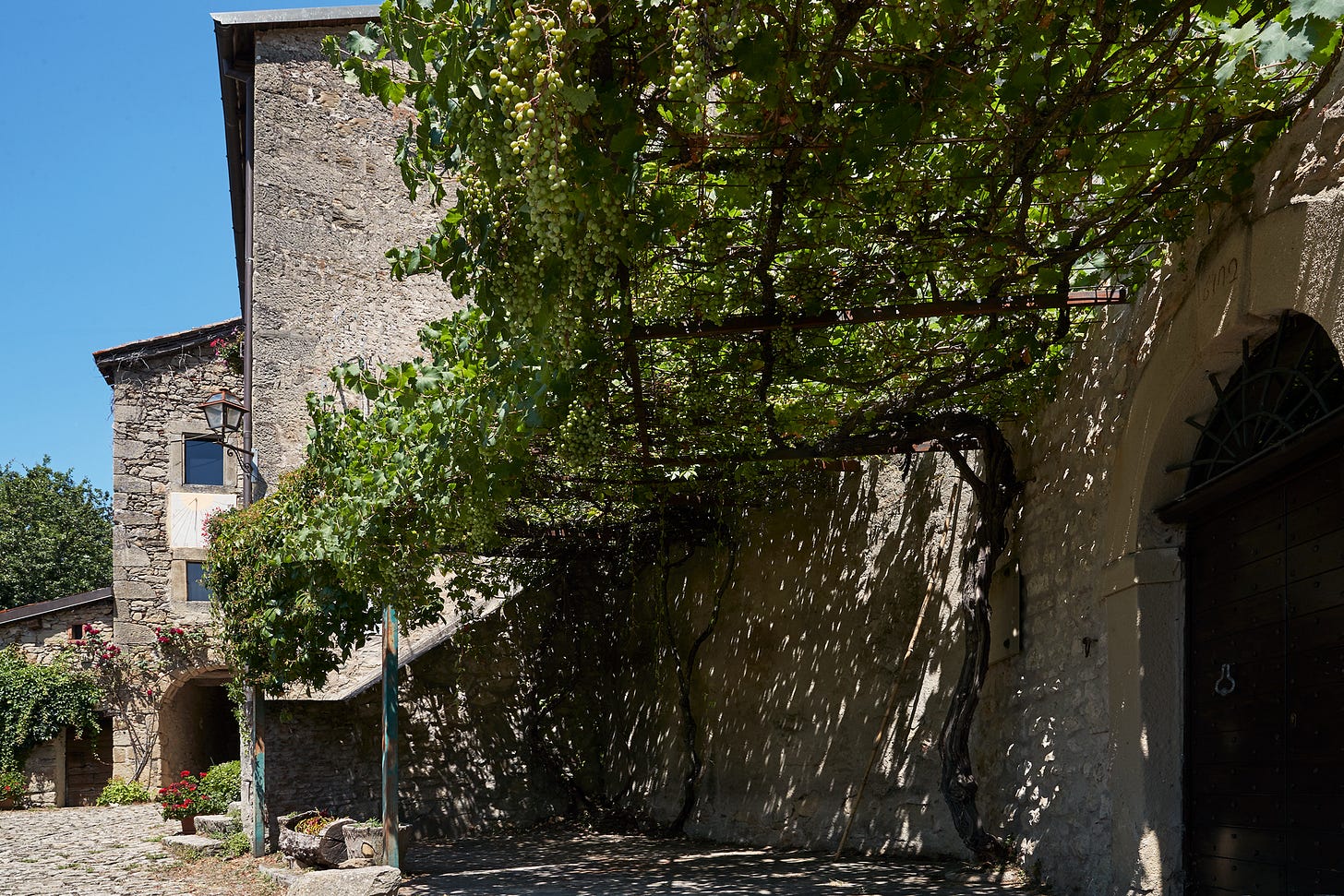

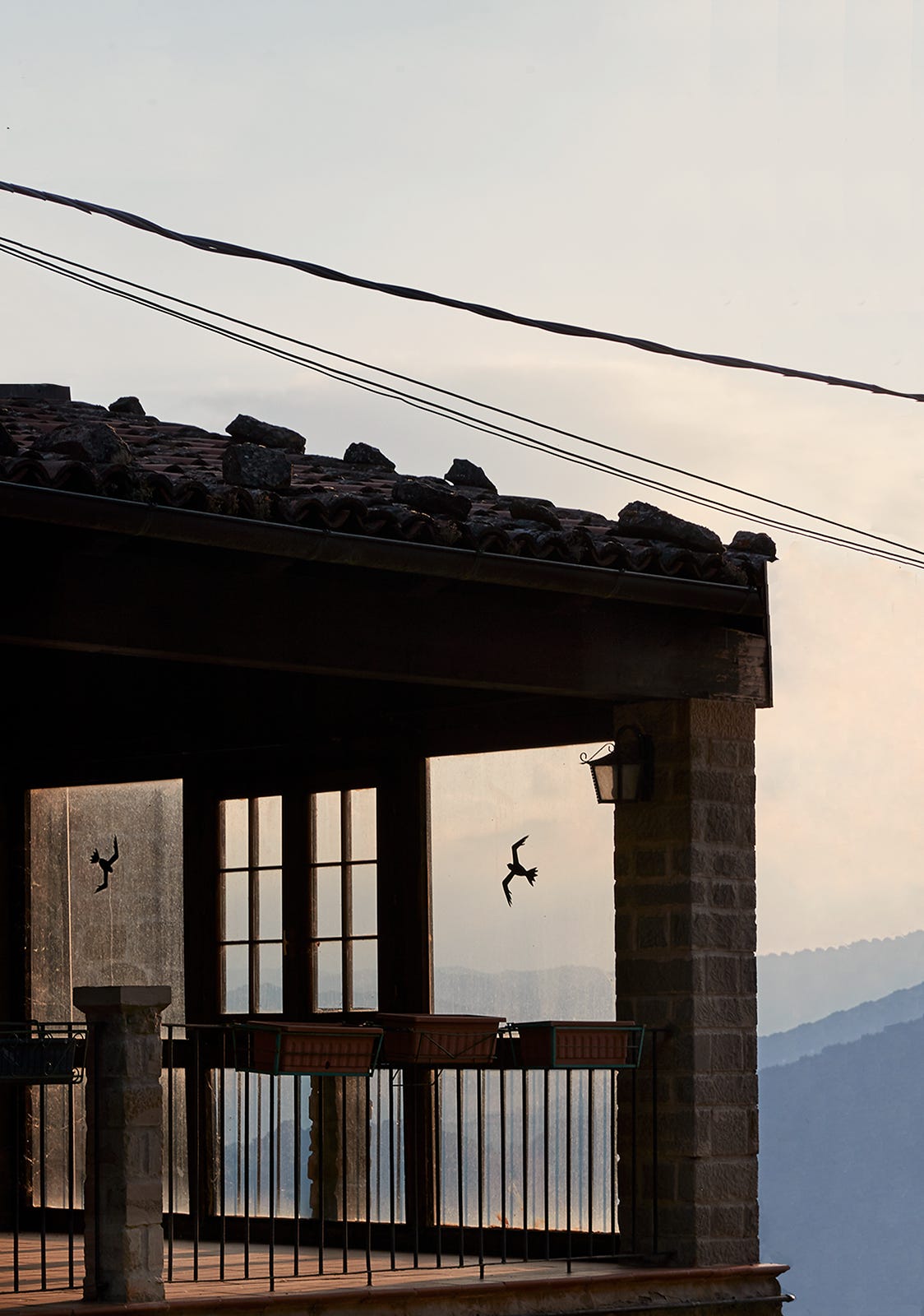
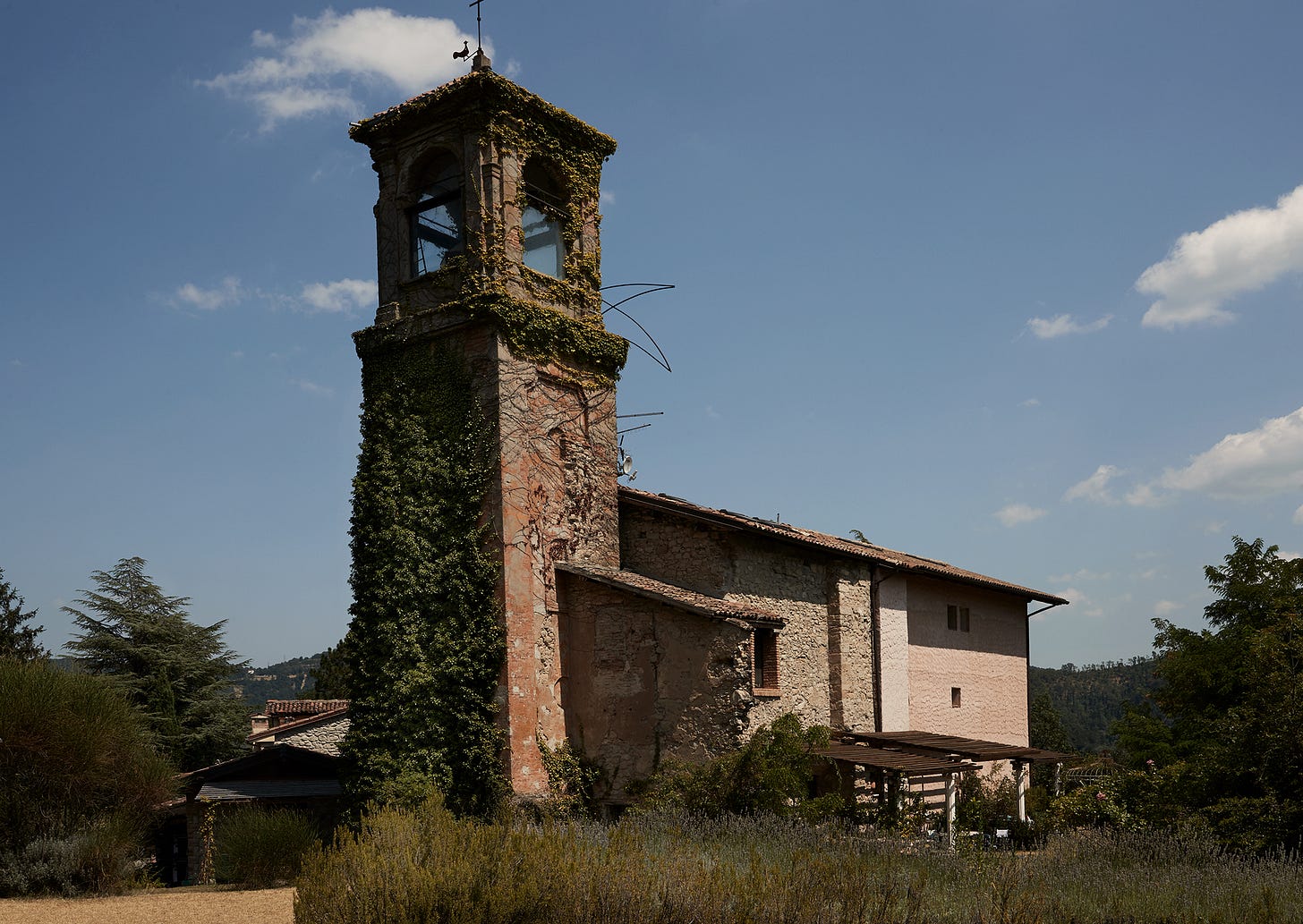
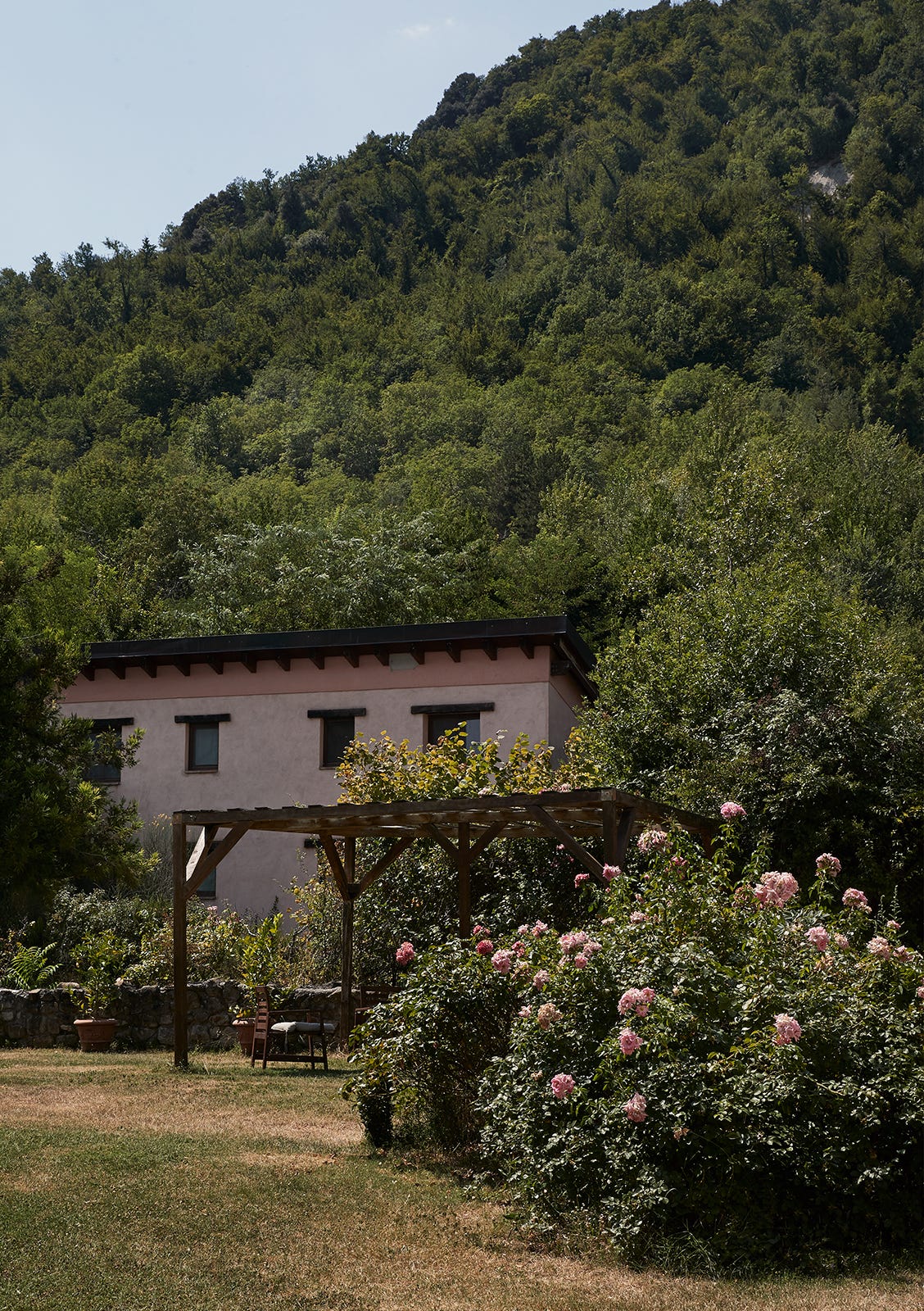
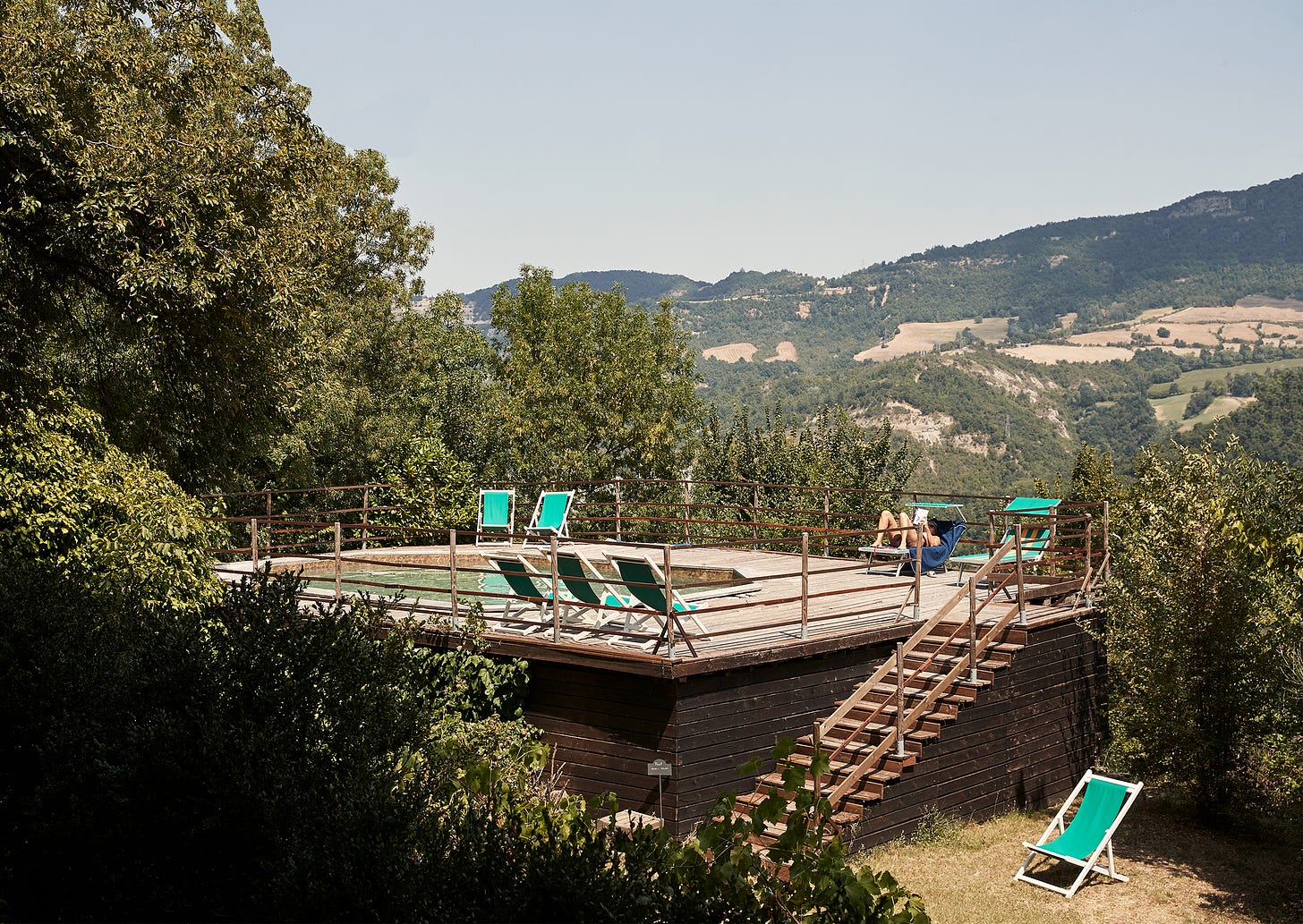
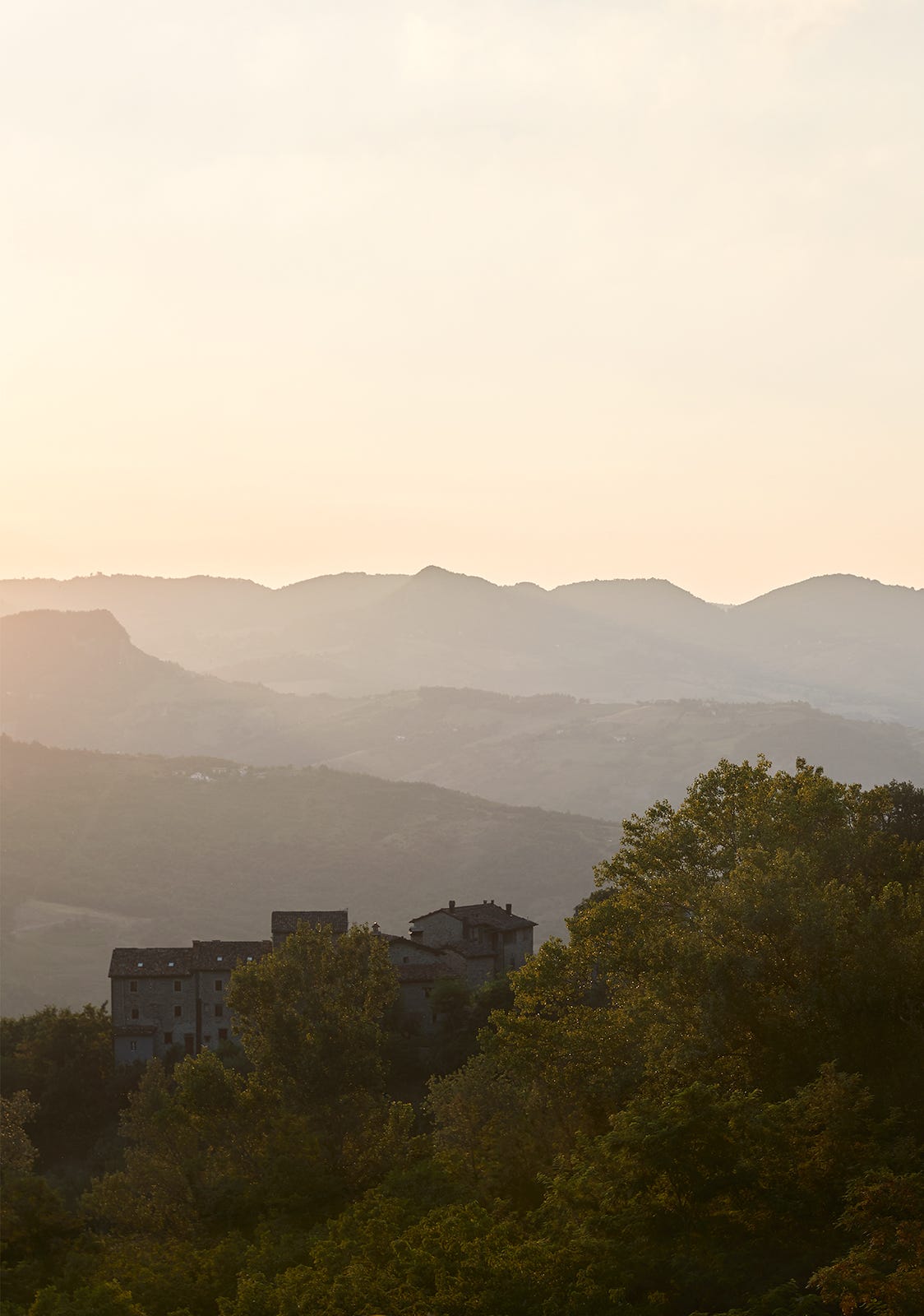
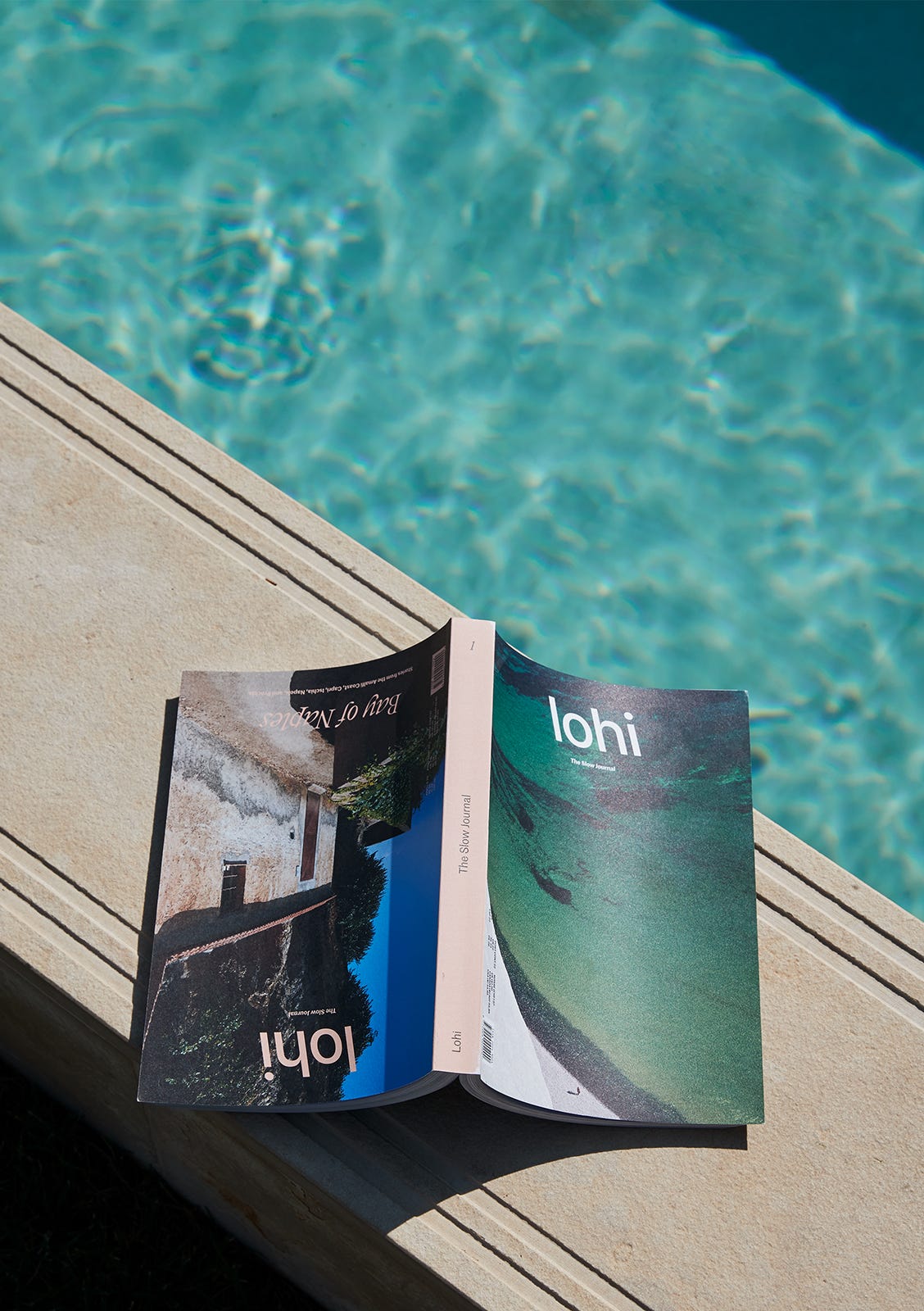
I love this kind of hyper local travel guide. Thank you for sharing! We just bought a small house in a lovely, relatively untouristed city in Umbria. Every time I write about it, though, I experience this stab of guilt that I might be pushing our small town one step closer to an unsustainable level of tourism. Do you think j that’s something we should worry about?
Welcome welcome! I hope your renovations go swiftly & smoothly. As soon as ours our finished a trip to your part of the works sounds delightful.